Oxford University Mathematician takes High School IB Maths Exam
TLDRIn this engaging video, Dr. Tom Crawford from the University of Oxford takes on the challenge of the IB Mathematics exam, specifically the Mathematics Applications and Interpretation higher level specimen paper. Despite not having previewed the exam or its syllabus, Dr. Crawford adeptly tackles a variety of complex mathematical problems, demonstrating his proficiency in areas such as statistics, calculus, and complex numbers. Throughout the video, he provides insightful commentary on each question, showcasing his thought process and mathematical reasoning. The exam encompasses a wide range of topics, including the analysis of data, the calculation of mean values, the application of trigonometry to real-world scenarios, and the interpretation of differential equations. Dr. Crawford also discusses the pedagogical aspects of the exam, comparing it to the A-Level Mathematics exam and reflecting on the importance of critical thinking and problem-solving skills. His detailed exploration of each question offers viewers a deeper understanding of mathematical concepts and their practical applications, making the video not only an entertaining educational experience but also a valuable resource for students preparing for similar exams.
Takeaways
- 🎓 Dr. Tom Crawford, a lecturer at the University of Oxford, attempts the IB Mathematics exam without prior knowledge of the syllabus or exam content.
- 📚 The IB diploma is taken by high school students globally, often as a precursor to university studies, and is comparable to the UK's A-Level Maths exam.
- 🕒 Dr. Crawford is given a two-hour time limit for the exam, with access to a formula booklet and a graphical calculator.
- 📊 The exam covers a range of mathematical concepts including data analysis, mean calculations, sampling techniques, and probability.
- 📈 Dr. Crawford discusses the importance of understanding the context of mathematical questions, such as identifying the type of data (discrete or continuous) and the appropriate sampling methods.
- 🤔 The video highlights the challenges of solving mathematical problems under time constraints and the need for clear, step-by-step reasoning.
- 📉 Dr. Crawford makes minor errors in his calculations and acknowledges the potential for algebraic slips, demonstrating that even experts can make mistakes.
- 🧮 The use of a graphical calculator is implied throughout the video, suggesting that such tools are integral to solving complex mathematical problems efficiently.
- 📘 The video ends with Dr. Crawford estimating his score, suggesting he achieved a high percentage of the total marks, despite the challenges.
- 🌐 The content is sponsored by Curiosity Stream, which is promoted as a resource for educational documentaries, including those on mathematical topics.
- 🔍 The video emphasizes the application of mathematical knowledge in real-world scenarios, such as statistical analysis and geometric problems.
Q & A
What is the IB diploma and why is it taken by students?
-The IB diploma is an academically rigorous, internationally recognized educational program for students aged 16 to 19. It is taken by high school students in more than 4,000 schools around the world, typically just before they leave school to go to university.
What does Dr. Tom Crawford attempt in the video?
-Dr. Tom Crawford attempts to take the IB Mathematics exam without prior knowledge of the exam content or syllabus, aiming to provide insights into the difficulty and style of the questions.
What is the significance of the internet survey data mentioned in the video?
-The internet survey data is significant as it represents discrete data, which means it consists of distinct, separate pieces of information (in this case, whole numbers representing the number of classes in which students use the internet).
How does Dr. Crawford approach finding the value of K in the student internet usage survey?
-Dr. Crawford approaches finding the value of K by setting up an algebraic equation based on the mean number of classes in which a student uses the internet, which is given as two. He then solves for K by equating the expected value to the given mean and manipulating the equation algebraically.
What sampling technique did the Headmaster use to conduct the survey?
-The Headmaster used a systematic sampling technique, where student names were arranged in alphabetical order, and every 10th person was asked about their internet usage.
What is the perimeter function P of a square with side length a?
-The perimeter function P of a square with side length a is given by P(a) = 4 * sqrt(a), where a is a positive number representing the area of the square.
How does Dr. Crawford draw the graph of the inverse function of the square perimeter?
-Dr. Crawford draws the graph of the inverse function by reflecting the original graph in the line y = x, which互换s the roles of x and y, effectively finding the inverse relationship between perimeter and area.
What is the meaning of p inverse of 8 being equal to 4 in the context of the square perimeter function?
-In the context of the square perimeter function, p inverse of 8 being equal to 4 means that when the perimeter of the square is 8 units, the area that corresponds to this perimeter is 4 square units.
What is the population model that Professor Vinculum investigates for the bullbull bird migration season?
-Professor Vinculum investigates a population model for the bullbull bird migration season that is represented by the equation p = 1350 + 400 * (1.25)^t, where p is the population, t is time, and the model accounts for the increase and decrease in population during the migration season.
How does Dr. Crawford calculate the time taken for the bird population to decrease below 14400?
-Dr. Crawford sets up an inequality using the population model and solves for t, the time variable, by taking logarithms and manipulating the inequality to find that t is approximately 9.32 days.
What is the smallest possible population of the birds during the migration season according to the model?
-According to the model, as time t approaches infinity, the population P approaches 1350, which is the smallest possible population during the migration season.
Outlines
😀 Introduction to the IB Mathematics Exam
Dr. Tom Crawford, a mathematician from the University of Oxford, introduces an attempt to take the IB Mathematics exam, specifically the Mathematics Applications and Interpretations higher level specimen paper. He mentions the global reach of the IB diploma and compares it to the UK's A-level maths exam. The exam is structured to test knowledge equivalent to university-level mathematics.
📊 Data Analysis and Mean Calculation
The video script discusses a survey conducted by a headmaster regarding student internet usage, leading to a data analysis question. Dr. Crawford identifies the data as discrete, calculates the mean number of classes in which students use the internet, and solves for a variable K, providing an algebraic equation and solution.
🎓 Sampling Techniques and Square Perimeters
Dr. Crawford addresses a question about sampling techniques, which he admits he is not familiar with, and attempts to identify the correct method used in a given scenario. He then moves on to a geometry problem involving the perimeter of a square and its relationship with area, graphing the function, and finding the inverse function.
📉 Population Dynamics and Bird Migration
The script covers a mathematical model for the population dynamics of a bird species during migration, led by Professor Vinculum. It involves calculating the starting population, the population after a given time frame, and the smallest possible population during migration, using an exponential growth model.
🏞️ Gradient Calculation and Voronoi Diagrams
The video script discusses calculating the gradient of a line segment in a coordinate plane and the concept of Voronoi diagrams, which partition a space based on proximity to points. Dr. Crawford attempts to find the equation of a line that would complete a Voronoi diagram and explains the significance of the cells in the diagram.
🛷 Logarithmic Conversion and Volume Calculation
The script involves a problem where a wedge is cut from a cylindrical log, and the volume of the remaining shape is to be found. Dr. Crawford uses logarithmic conversion to assist in the volume calculation, applying the formula for the volume of a cylinder and adjusting for the removed portion.
🎲 Probability Calculations with a Biased Die
The video script presents a probability question involving a biased six-sided die, where the faces are labeled with different numbers. Dr. Crawford calculates the expected value of the score from a game involving the die and determines the probability of achieving a certain total score over two games.
🚀 Kinetic Energy and its Rate of Change
The script explores the concept of kinetic energy in relation to the velocity of a particle. Dr. Crawford finds the derivative of the kinetic energy with respect to time and calculates the first time at which the kinetic energy changes at a specific rate.
🌟 Trigonometry and Security Light Activation
The video script involves a real-world trigonometry problem concerning the activation of security lights by a moving person. Dr. Crawford calculates the distance from the entrance at which the sensor is activated using trigonometric ratios and the properties of right-angled triangles.
📦 Weight Distribution and Confidence Intervals
Dr. Crawford discusses a statistical problem regarding the mean weight of bags labeled as 1.5 kg. He calculates the sample mean and standard deviation, finds an unbiased estimate of the population variance, and determines a 95% confidence interval for the population mean. He concludes by commenting on the claim of the bag's weight in relation to the confidence interval.
☕️ Service Time Modeling and Normal Distribution
The script covers a statistics problem where the time it takes to serve a customer in a coffee shop is modeled by a normal distribution. Dr. Crawford calculates the probability that the total service time for two customers is less than four minutes, given the mean and standard deviation of the service time distribution.
🧲 Vector Calculations and Cross Products
The video script involves a physics problem with a particle moving in a magnetic field. Dr. Crawford calculates the value of a constant based on the given velocity and magnetic field vectors and then finds the force produced by the particle in the magnetic field using a cross product.
📈 Economic Models and Sum of Squares
Dr. Crawford discusses two competing economic models for predicting revenue based on the price of goods. He calculates the sum of the squares of the residuals for each model and determines which model the company should choose based on the smallest sum of squares.
🍄 Fungal Growth Rate and Trajectory Sketching
The script covers a question about the rate of change given by two types of fungi, involving differential equations and mathematical biology. Dr. Crawford sketches trajectories and phas planes to interpret the behavior of the system, considering stable and unstable branches, and the direction of movement based on initial conditions.
📈 Transformation of Functions and Volume Calculation
The video script involves a function transformation and the calculation of the volume of the space between two domes. Dr. Crawford uses the formula for the volume of revolution to find the outer and inner volumes of the domes and then calculates the volume of the space between them.
🤔 Complex Numbers and Modulus Calculations
Dr. Crawford explores complex numbers, calculating the values of successive powers of a given complex number and determining the conditions for which successive powers lie on a circle. He also calculates the modulus of a complex number and interprets the results on the complex plane.
🎣 Hypothesis Testing and Error Probabilities
The script involves a hypothesis test regarding the mean number of fish caught in an hour at a lake. Dr. Crawford sets up null and alternative hypotheses and calculates the probability of type one and type two errors, given the actual mean number of fish caught.
🏫 Classroom Scenarios and Probability Calculations
The video script presents two classroom scenarios involving probability calculations. The first scenario involves a teacher choosing a student at random from a class with a specific ratio of male to female students. The second scenario involves choosing a student at random from a year group to read notices.
🧪 Chemical Reaction Rates and Simultaneous Equations
Dr. Crawford tackles a problem involving the rate of a chemical reaction, which is related to the concentration of substances. He sets up and solves simultaneous equations to find the exponents and the constant involved in the rate equation, using logarithms to simplify the process.
🏁 Exam Completion and Content Reflection
Dr. Crawford reflects on the completion of the IB Mathematics exam, discussing the difficulty level and the content covered. He compares the exam to other mathematics qualifications and shares his thoughts on the types of questions and the critical thinking skills required. He also provides a brief overview of the educational content available on Curiosity Stream.
📝 Mark Scheme Analysis and Self-Assessment
In the final part, Dr. Crawford reviews the mark scheme for the exam, checking his work against the provided solutions. He identifies areas where he may have lost marks, such as the phase plane question and the confidence interval calculation. He concludes with a self-assessed score of 106 out of 110, reflecting on the difficulty of the exam and the areas where he could have improved.
Mindmap
Keywords
💡IB Mathematics
💡Sampling Techniques
💡Confidence Interval
💡Voronoi Diagram
💡Normal Distribution
💡Vector Cross Product
💡Differential Equations
💡Complex Numbers
💡Hypothesis Testing
💡Binomial Distribution
💡Volume of Revolution
Highlights
Dr. Tom Crawford, from the University of Oxford, takes on the IB Mathematics exam without prior knowledge of the syllabus.
The IB diploma is a rigorous high school qualification taken worldwide, often equivalent to A-Level exams in the UK.
Crawford engages with the Mathematics Applications and Interpretations higher level specimen paper, aiming to solve it within two hours.
The exam includes a variety of questions, from statistics to calculus, requiring both conceptual understanding and computational skills.
Crawford demonstrates his approach to problem-solving, emphasizing the importance of understanding the question and applying relevant mathematical principles.
The video showcases the application of mathematical concepts to real-world scenarios, such as the use of statistics in sampling techniques.
Crawford humorously discusses his challenges with certain questions, particularly those involving unfamiliar terminology or concepts.
The video highlights the comprehensive nature of the IB exam, which covers a wide range of mathematical topics and requires a high level of analytical thinking.
Crawford's attempt at the exam provides insight into the depth and breadth of mathematical knowledge expected of students pursuing the IB diploma.
The video serves as an educational resource, illustrating how to tackle complex mathematical problems under exam conditions.
Crawford's commentary throughout the video offers a unique perspective on the exam, blending humor with mathematical insight.
The video concludes with a discussion of the exam's difficulty, comparing it to other advanced mathematics qualifications.
Crawford provides a self-assessment of his performance, identifying areas where he believes he may have lost marks.
The video emphasizes the importance of accuracy and attention to detail when solving mathematical problems.
Crawford's experience taking the IB exam offers valuable insights for students preparing for similar rigorous assessments.
The video concludes with a summary of the key learning points and a reflection on the overall experience of taking the IB Mathematics exam.
Transcripts
Browse More Related Video
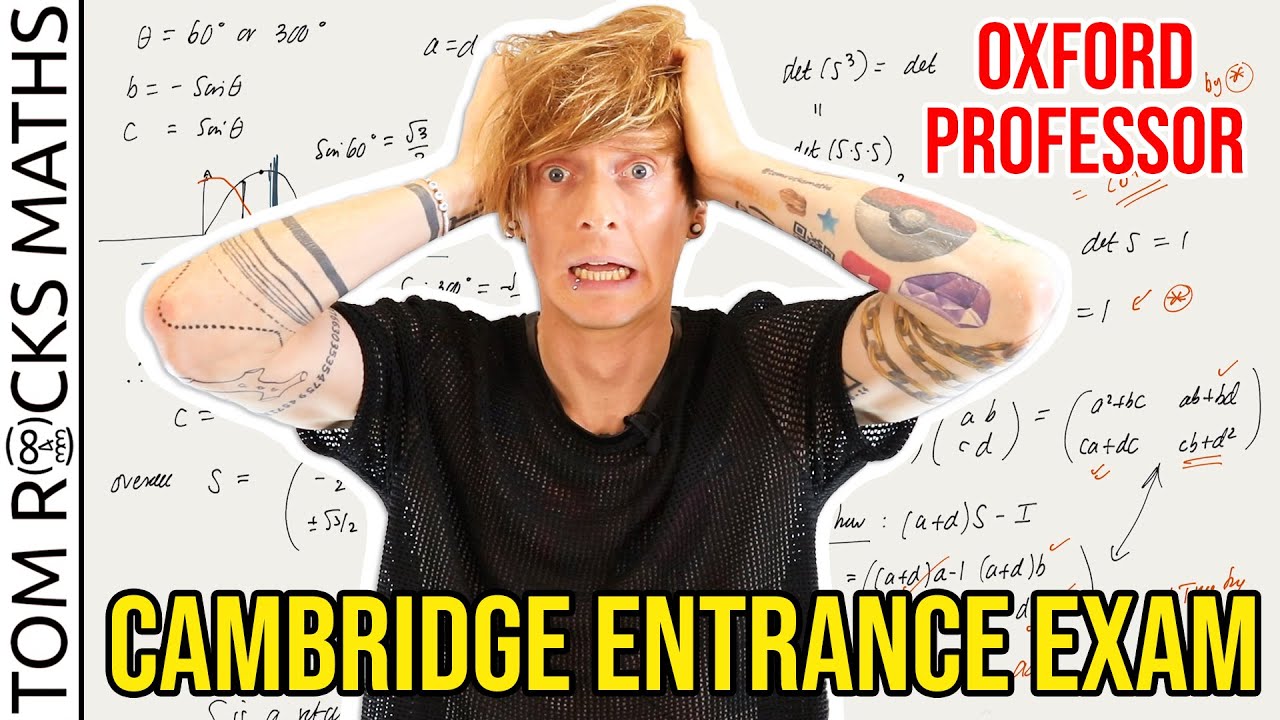
Oxford University Mathematician takes Cambridge Entrance Exam (STEP Paper) PART 1
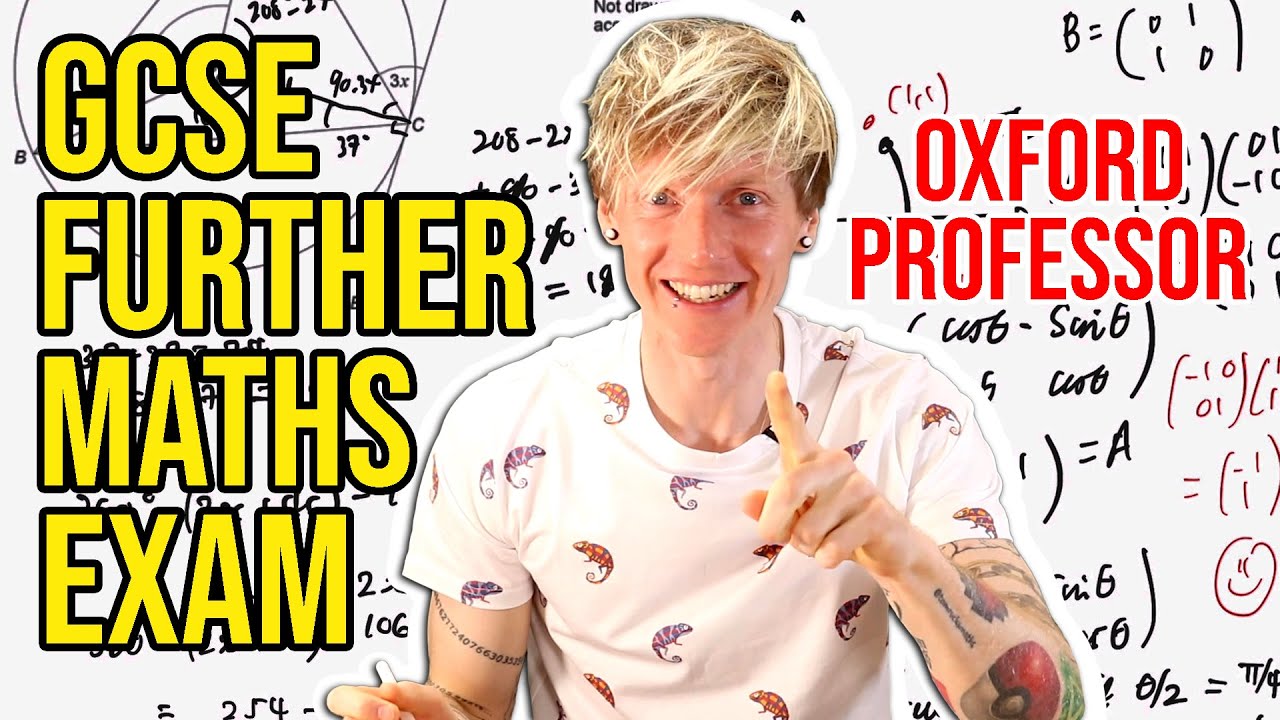
Oxford University Mathematician takes High School GCSE Further Maths Exam
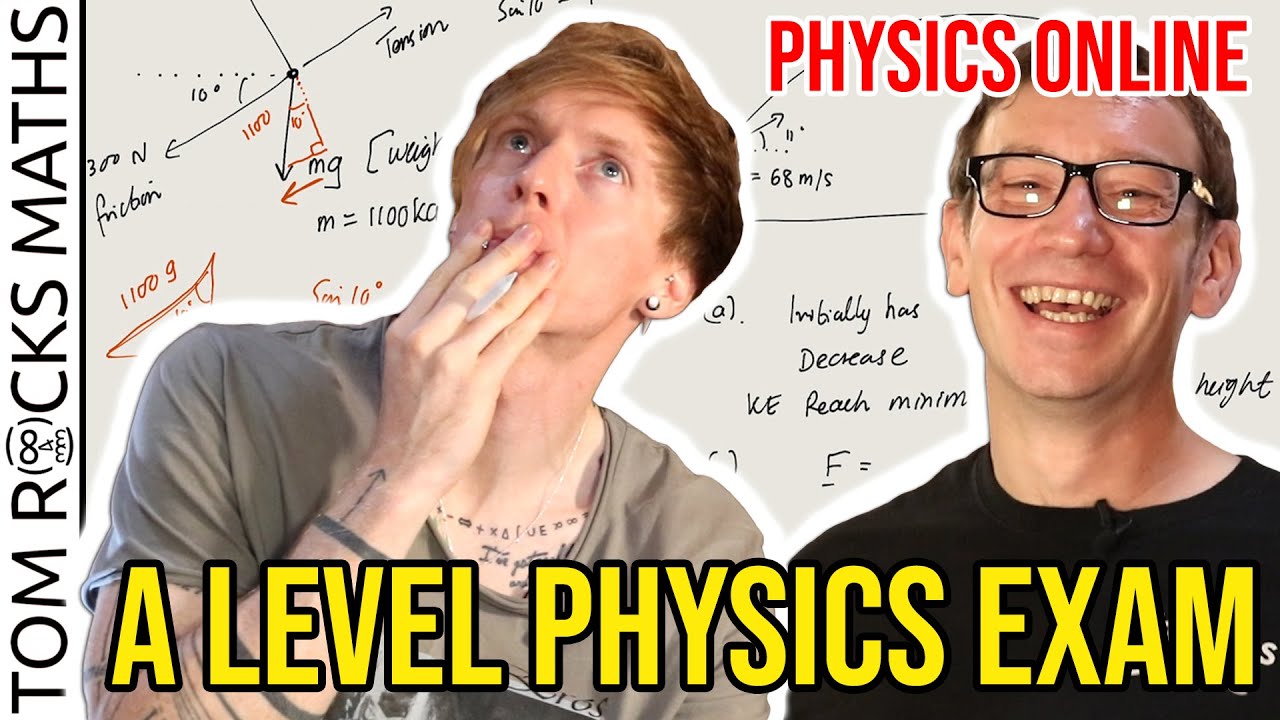
Can an Oxford University Mathematician solve a High School Physics Exam? (with @PhysicsOnline)
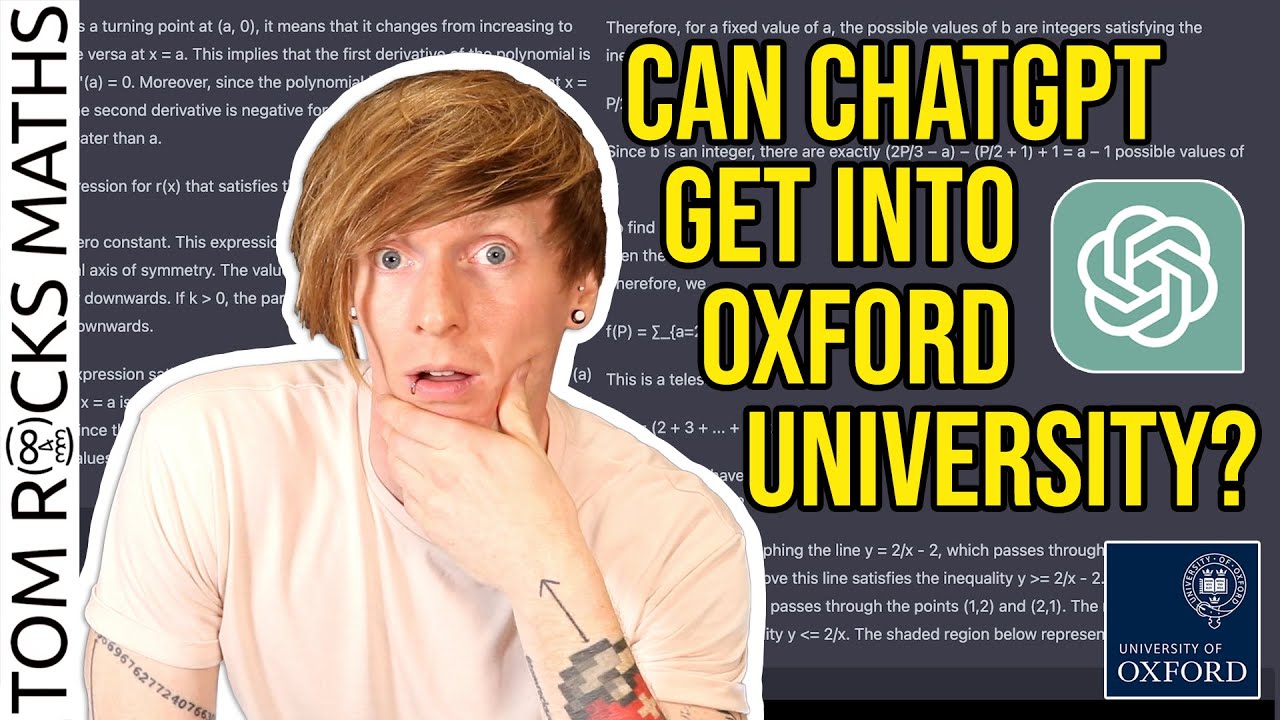
Can ChatGPT Pass the Oxford University Admissions Test?
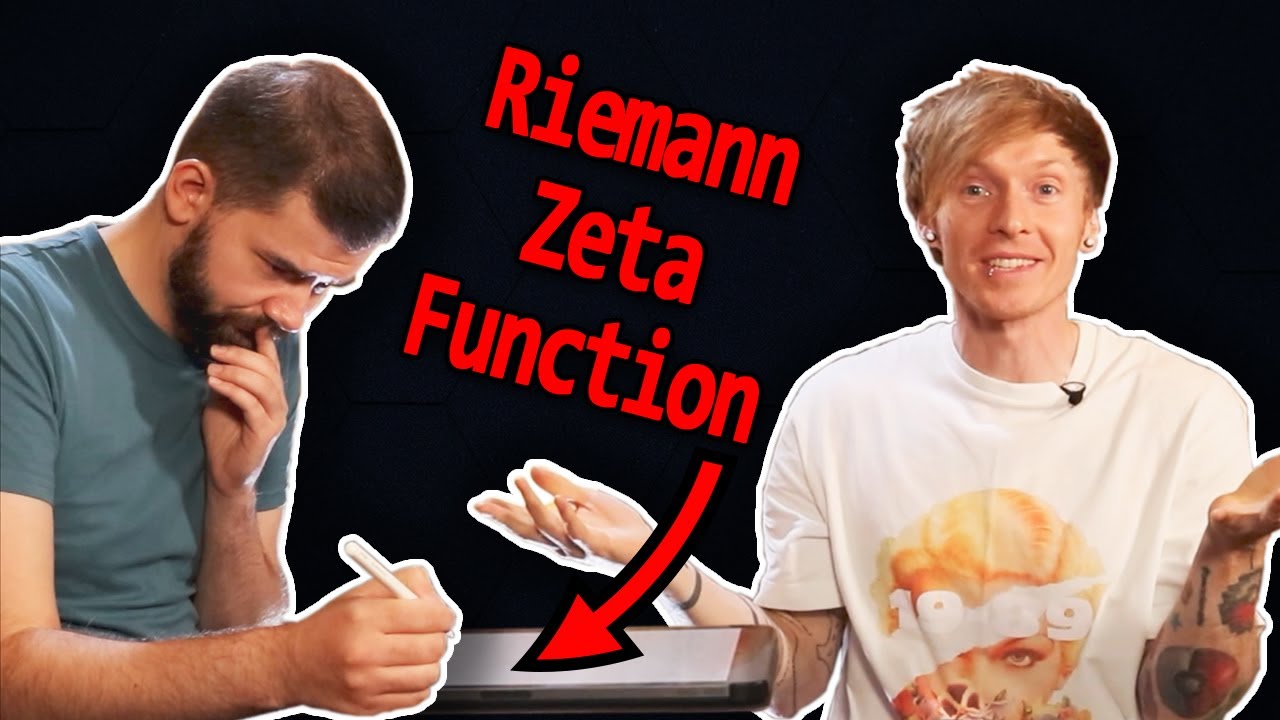
How Hard is an Oxford Maths Interview? Feat. Tom Rocks Maths
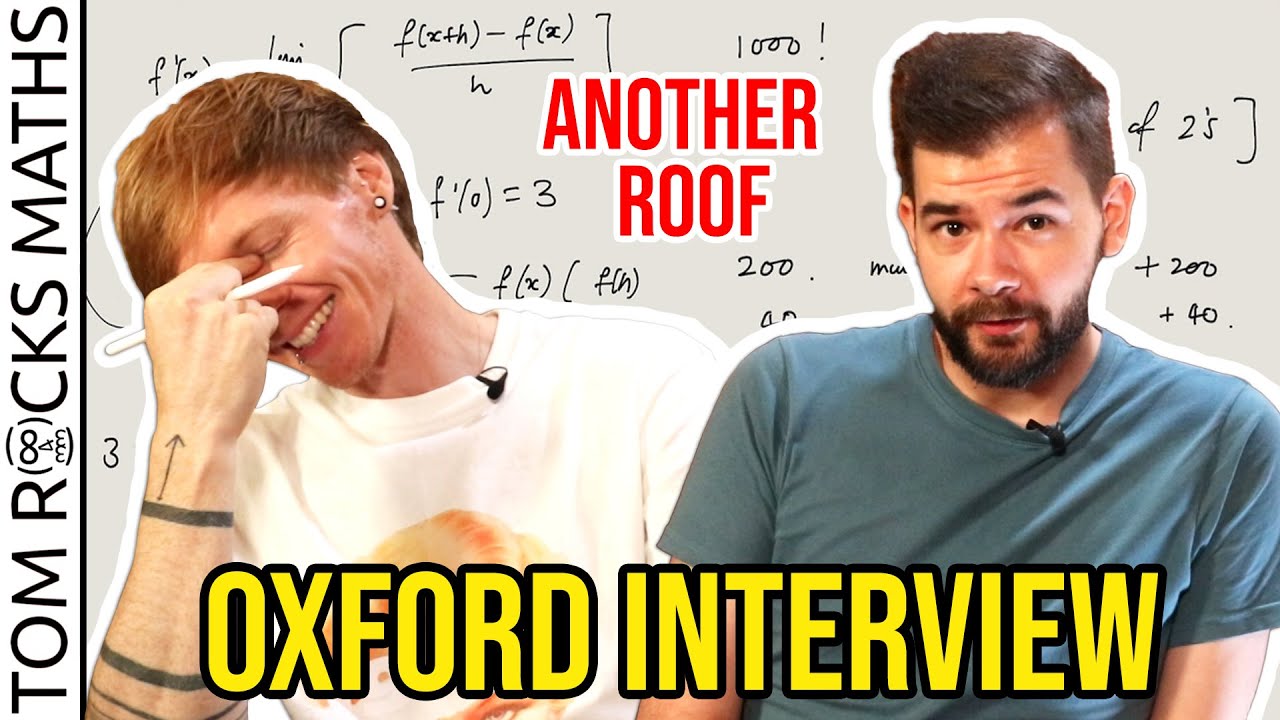
Oxford University Mathematician takes Admissions Interview (with @AnotherRoof)
5.0 / 5 (0 votes)
Thanks for rating: